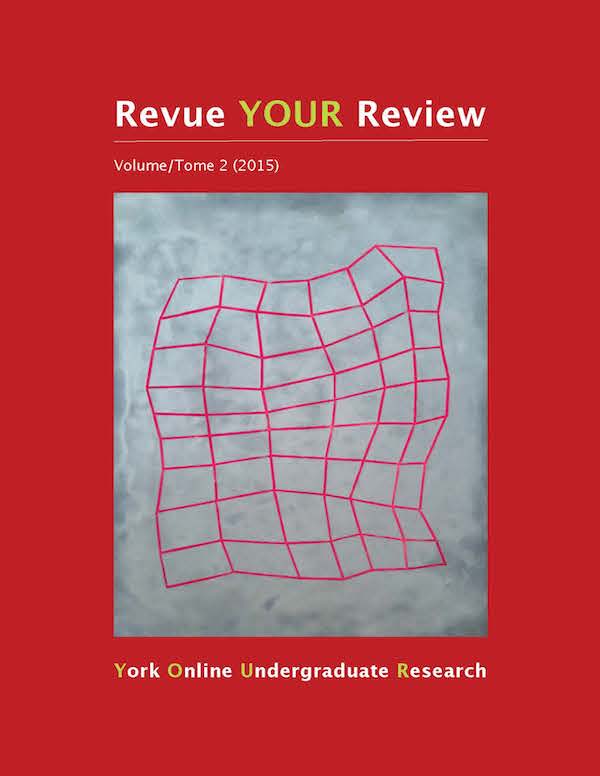Redefining Motherhood: How Reproductive Technologies Change the Way We Think About Motherhood
Keywords:
childbirth, IVF, motherhood, reproductive technologies, surrogacyAbstract
This paper examines some of the discourse surrounding notions of motherhood, which, though considered a universal term, is defined by a specific set of characteristics. Traditionally, motherhood is culturally and legally established through genetic kinship claims based on a nuclear family structure, at least in developed countries. Today, however, reproductive technology, such as in vitro fertilization and surrogacy, offers greater opportunities to have a child not only to infertile couples but also to same-sex couples, single parents, or women past childbearing age. These technologies have allowed for a new legitimatization of motherhood, fostering an emerging kind of parenthood, and thereby widening the scope of motherhood to include a wide range of possibilities that no longer rest on simple biological claims and the traditional nuclear family model. This paper therefore challenges what motherhood encompasses and examines how this definition has shifted away from simple genetic ties to more varied and complex structures. Indeed, while the new parents themselves continue to value genetic links, society as a whole must review its conception of the normalcy of “natural” reproduction through the nuclear family structure and embrace motherhood in the only universal definition possible, that of its commitment to raising a child.
How to Cite
Issue
Section
License
Authors contributing to Revue YOUR Review agree to release their articles under one of three Creative Commons licenses: Creative Commons Attribution 4.0 International; Creative Commons Attribution-NonCommercial 4.0 International; or Creative Commons Attribution-NoDerivatives 4.0 International. All editorial content, posters, and abstracts on this site are licensed under Creative Commons Attribution-NoDerivatives 4.0 International. For further information about each license, see:
https://creativecommons.org/licenses/
In all cases, authors retain copyright of their work and grant the e-journal right of first publication. Authors are able to enter into other contractual arrangements for the non-exclusive distribution of the e-journal's published version of the article (e.g., post it to an institutional repository or publish it in a book or in another journal), with an acknowledgement of its initial publication in this e-journal.


